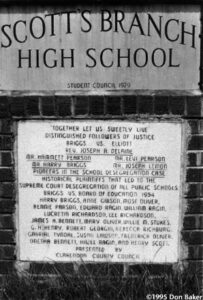
True Heroes
Of the 27 faculty members teaching 549 minority students at Garrison Elementary School in the Shaw neighborhood of Washington D.C., two are black males. Darryll Vann has 26 boys and girls in his kindergarten class, Hassan Abdullah 21 in his first-grade class. Darryll Vann is




